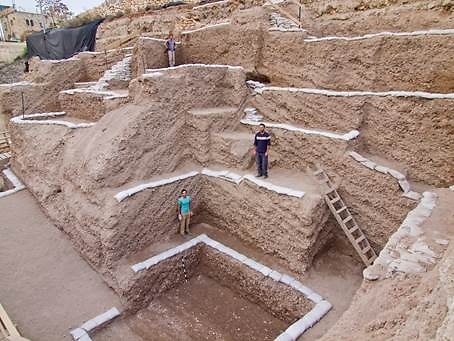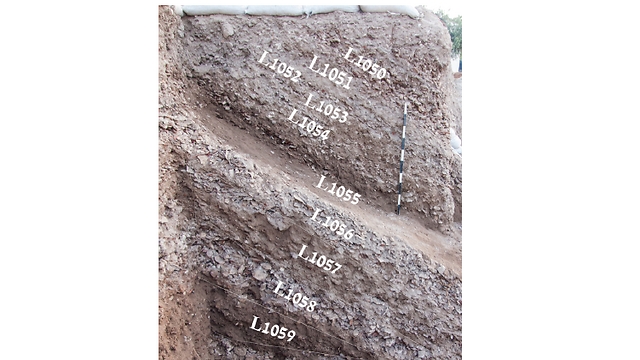
Archeologists reveal what Jerusalemites ate 2,000 years ago
Tel Aviv University archeologists have uncovered the dietary habits of residents of Jerusalem during the Second Temple period; lots of sheep and goats, less chickens and cows, and no swine.
Archeologists in Tel Aviv University have discovered the dietary habits of Jewish residents in Jerusalem during the Second Temple period, which mainly consisted of sheep and goats.
Analyzing over 5,000 animal bones dug up from an ancient landfill in Jerusalem, now within the area of the City of David National Park, researchers have found that chickens and cows were a second choice for the residents to sheep and goats. Animals such as pigeons and, of course, pigs, were not touched.
The research was carried out by PhD candidate Abra Sapiciarich, under the supervision of Dr. Yuval Gadot and Dr. Lidar Sapir-Hen, of the Tel Aviv University's archeology department. The excavation in the City of David was done by Tel Aviv University's Institute of Archaeology in cooperation with the Israel Antiquities Authority. The results of the research were published last week in the Institute of Archaeology's periodical.
"We spent three years digging up discarded animal bones in the old Jerusalem landfill," explained Dr. Sapir-Hen. "These were the leftovers from the meals of ancient Jerusalemites, and it allowed us to learn about their way of life. That is how we learned that those who used this landfill to throw away their waste were simple folk, and not the city's elite.
"Coins and architecture, by their nature, teach us little about the daily life of most ancient people. Bones, however, serve as a rare social and cultural window into their time."
As to the conclusions of these findings, Sapir-Hen said, "We showed that the residents of Jerusalem, those who were not among the city's elite, ate animals that were older," explaining that the bones that they found in the landfill showed that they didn't eat the tender, quality meat, or even prime cuts—those were found in landfills closer to the temple, where higher class residents usually lived.
In addition, Sapir-Hen said that "raising pigeons and eating them was done only in religious ritual, like in the landfill close to the Temple Mount. Trash gathered from lower class residents didn't have any pigeon bones."
Sapir-Hen emphasized that our trash says a lot about us. "Even if you were to dig in trash we produce today, you could learn a lot about the area's social openness and commerce (self production versus import), about the way in which ideologies, philosophies and dogmas shape our dietary habits (vegetarianism, veganism, eating kosher) and even whether we are a wasteful or recycling society."
(Translated & edited by Lior Mor)












